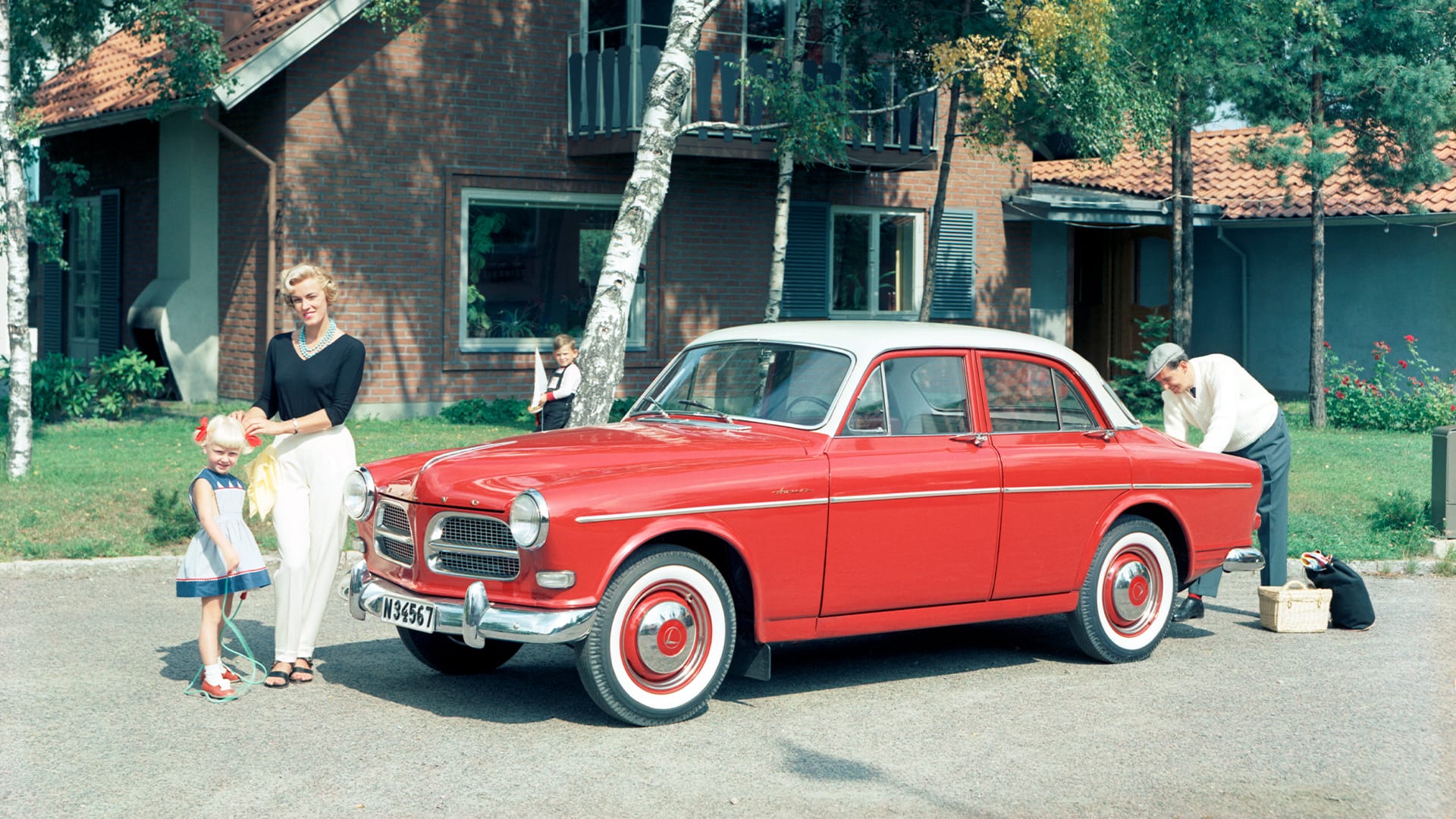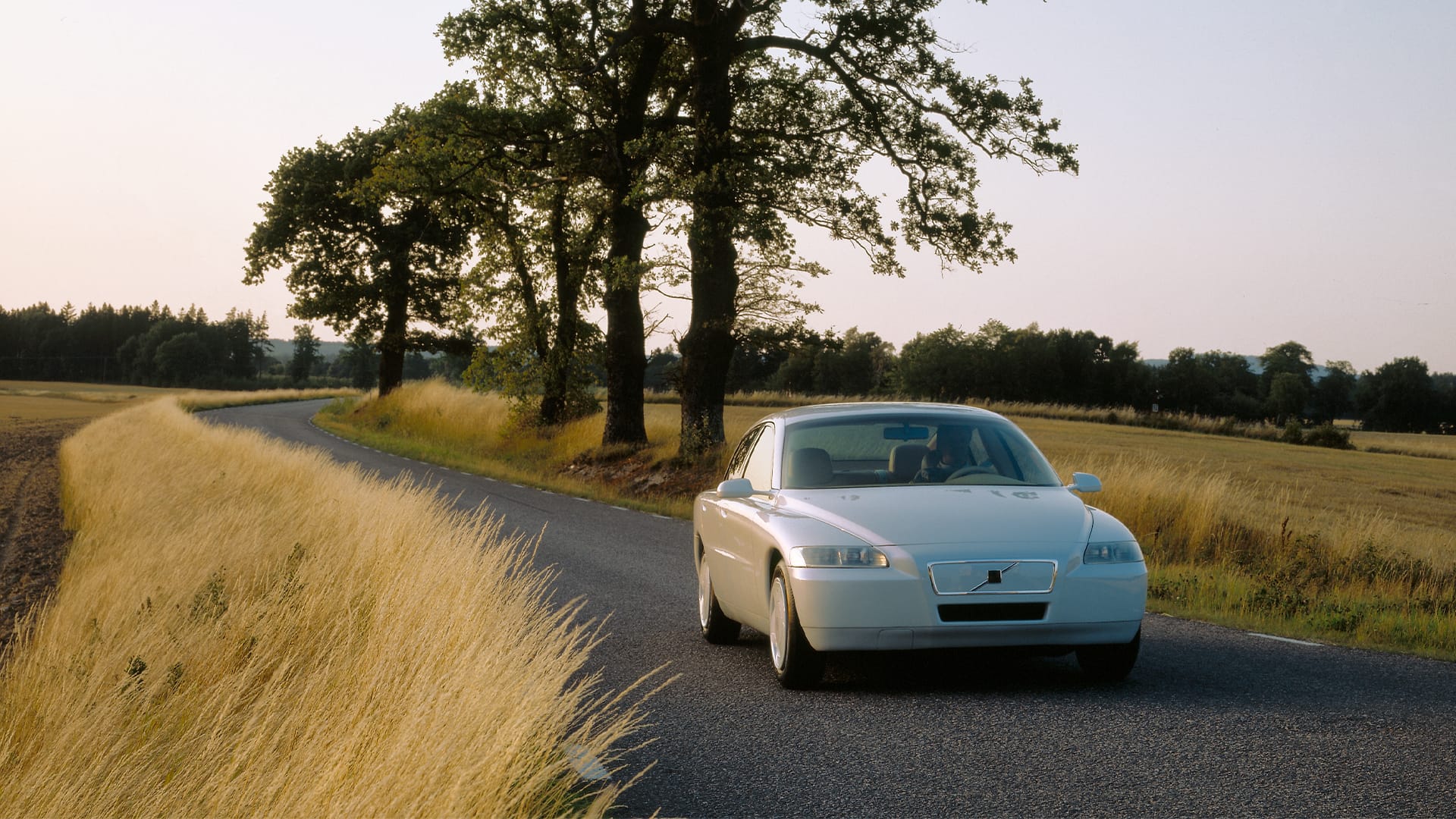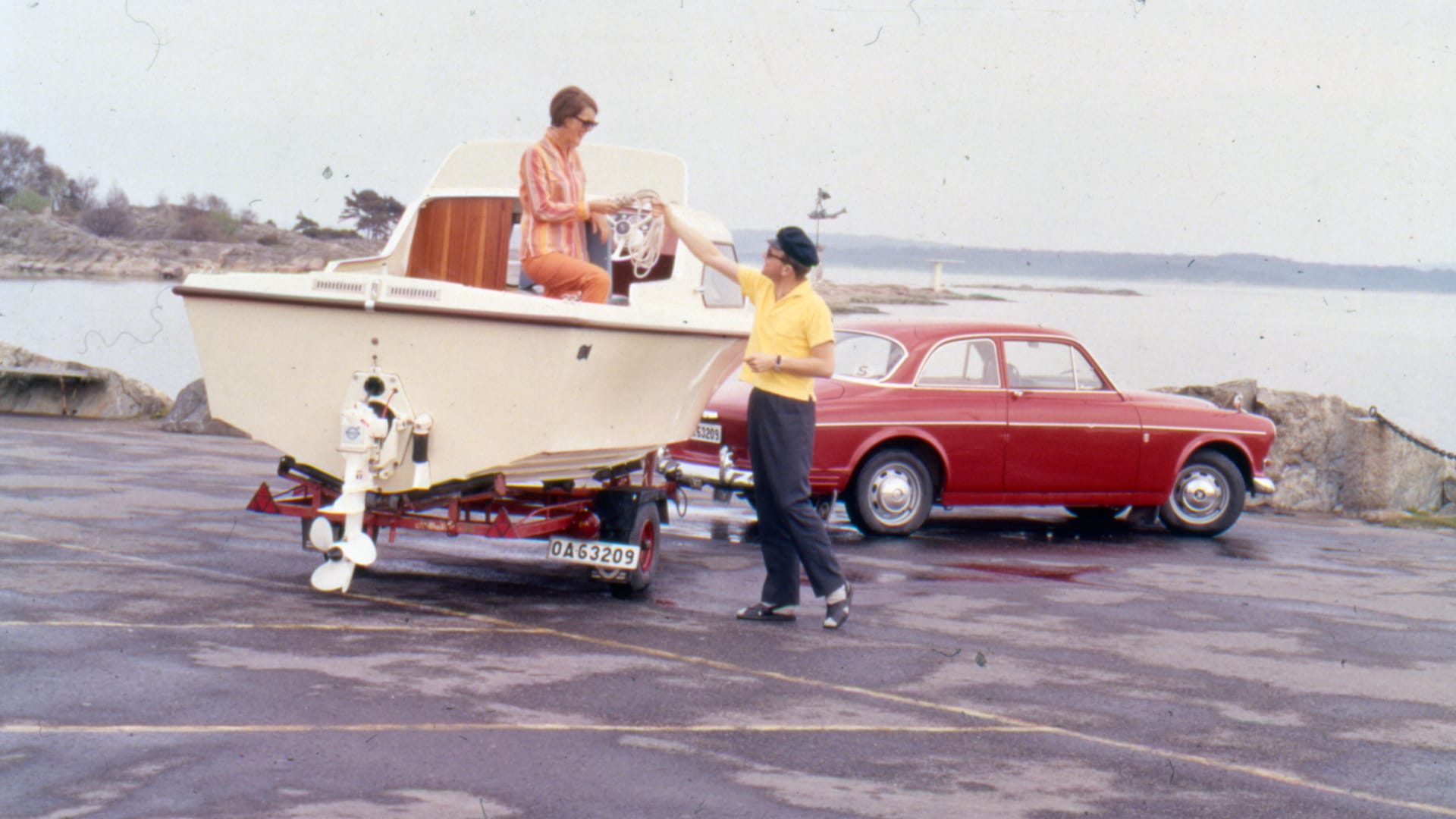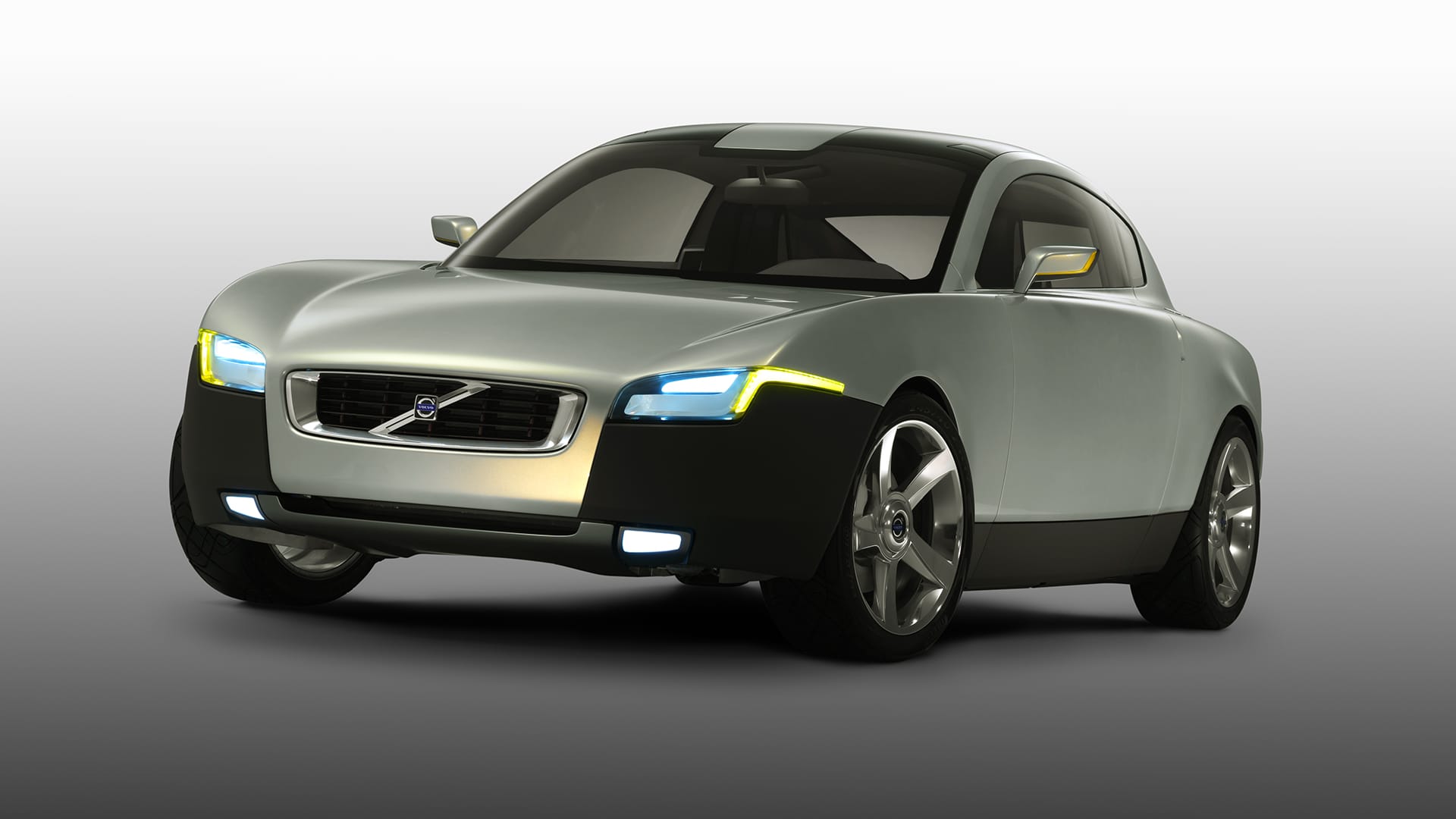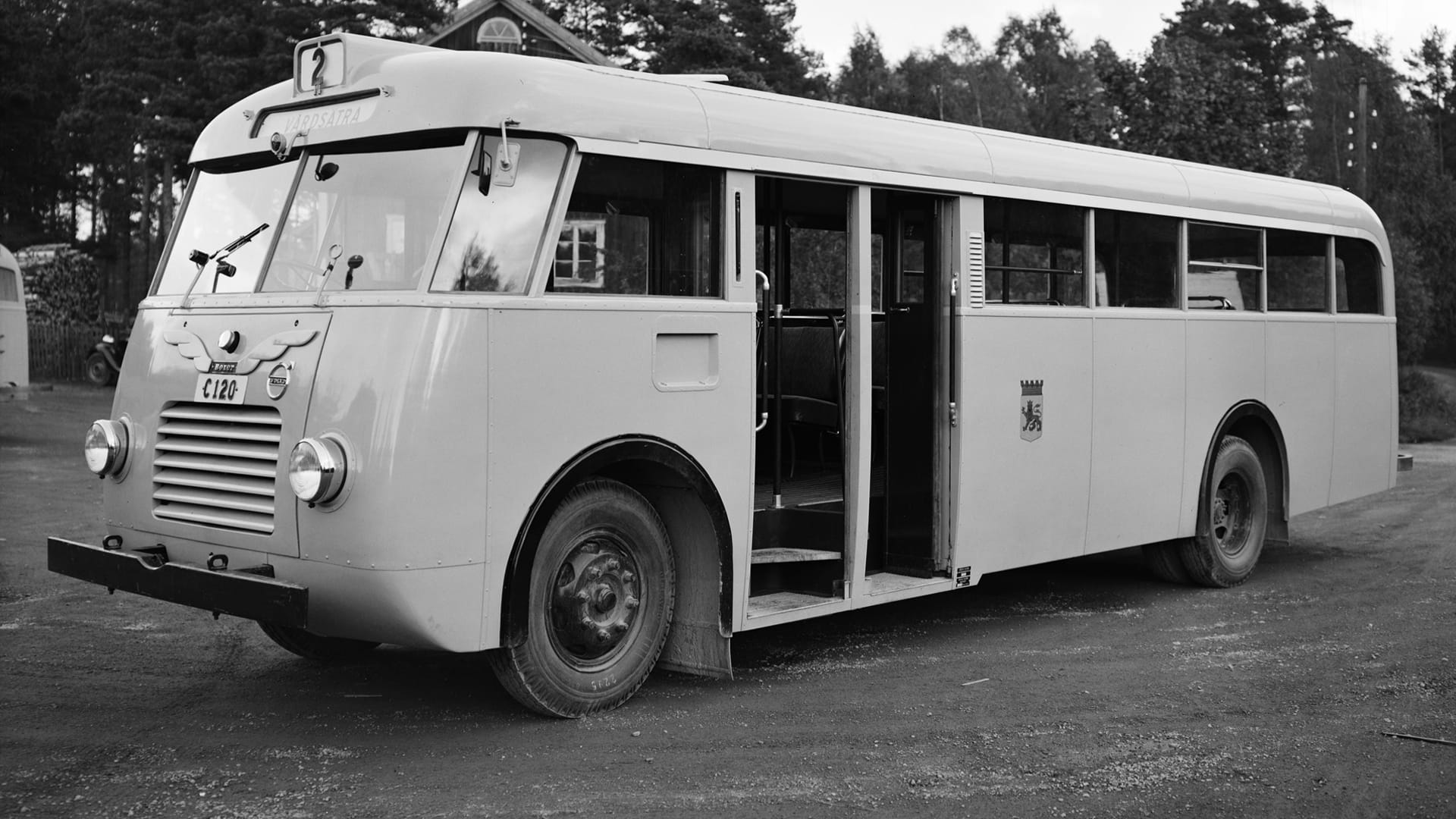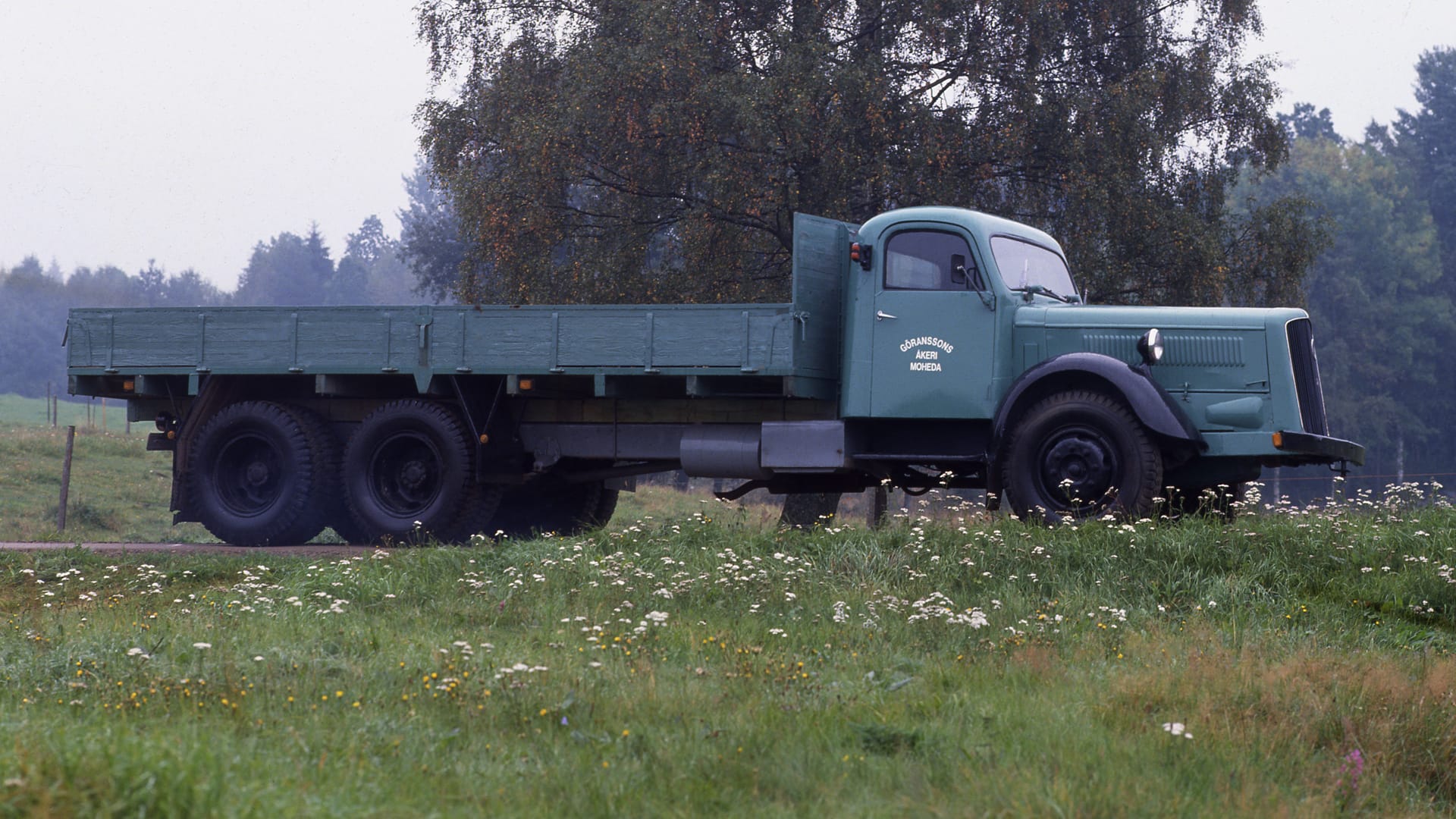Volvo C30 Electric

Ahead of its time
The C30 Electric is rolled out just before the big wave of electric cars. There's still uncertainty about how an electric car performs in everyday life, and a test fleet of 250 cars is driven in Sweden, Belgium, Holland, and Norway, among other places. The cars can only be leased by companies and government agencies.
The goal is for the electric C30 to function like any other model regarding handling, comfort, and safety. The batteries have less capacity (24 kWh) than what later becomes common, resulting in a poorer range of about 150 kilometres.
After one of the first test drives of the C30 Electric in the spring of 2011, a journalist writes: "Moreover, we will surely laugh at this first electric Volvo in ten years, which will then be hopelessly outdated, just as we do today with colour screenless mobile phones." From this, one can learn that it is almost always difficult with new technology, but also that somewhere and at some time, one must start.
Lease only
The car is said to be part of an "ambitious electrification strategy," but perhaps the first step is best described as exploratory - no major investments, conversion of an existing model, only 250 units in a test fleet, no sales, no private customers. The cars can only be leased by companies and government agencies - at a cost of 15,000 SEK per month for three years. One of the cars in the test fleet is part of the One Tonne Life project, where a family lives as environmentally friendly as possible for six months.
Best of its time
Volvo also points out that the car is well-equipped, comfortable, sporty, and as safe as the standard model of the C30. And the same journalist who predicts that the car will feel hopelessly outdated after ten years summarizes his impressions as follows: "But today, the C30 is one of the best."
No compromises
The basic rule in development has been not to allow compromises: the electric car should function like any fossil-fuel-powered car. The development work takes just over two years, but despite using an existing model, 550 parts out of a total of 3,500 must be replaced. Among other things, the car has a new aluminium front structure to compensate for the lack of an engine and gearbox that can absorb crash energy in a collision. Compared to the fossil-fueled versions, the C30 Electric weighs 300 kilos more.
Quick heating
One thing taken seriously from the start is winter heating. In fact, the C30 Electric has better cabin heat than many liquid-fuel cars. During a winter test, the cabin is heated from minus 25 degrees to plus 22 in just ten minutes. Three different systems deliver the heat directly: an immersion heater that heats the car's coolant, a 1 kW electric air heater that starts automatically, and a 5 kW ethanol heater that also starts instantly. The ethanol tank holds twelve liters and lasts for about 20 hours of operation. The Volvo C30 Electric has two 140-kilo lithium-ion batteries, partly located where the fuel tank normally sits, and partly along the center of the car. This means that the cargo space remains intact.
Limited capacity
However, the battery capacity is modest. Together, the two batteries provide 24 kWh and are sufficient for 150 kilometres of driving (163 in the official test cycle). Still, the driver should probably look for charging options after 100-120 kilometres, which is the actual range in real-world driving. If the batteries are still depleted and the car needs to be towed, the batteries can be charged by selecting the D mode in the automatic gearbox. During driving, the engine brake is also used to charge the batteries. The driver can select an H mode, which disengages the drive wheels when the accelerator is released. Ten years later, it is not uncommon for electric cars to have four times the battery capacity, which naturally also reflects in the range.
Charging time
Charging the batteries in the C30 Electric takes eight hours at 16 amps, ten at 10 amps, and 18 hours at 6 amps and is done via standard electrical outlets with 230 or 100 volts. The car is prepared for faster DC charging, but at this point, the charging networks are not expanded. The idea is that the C30 Electric should be a commuter car, and in that case, the range is sufficient: 90 percent of all commuters worldwide drive less than 150 kilometres, and on average, a commuting trip is 45 kilometres long.
Good handling
The electric motor provides 111 hp, and the acceleration from zero to 100 km/h takes 13 seconds - but it only takes six seconds to reach 70 km/h. Today’s cars are of course much stronger and faster. The Volvo EX30 (2023) has 272 hp with one engine and 428 hp with engines both front and rear. However, during test drives of the C30 Electric, no journalist complains that the engine is too weak; on the contrary, the car receives praise for its handling. An American journalist writes almost poetically:
There aren't many curvy roads in backcountry Indiana, but we have nothing but good things to say about the way the car danced through the late winter corn fields.






